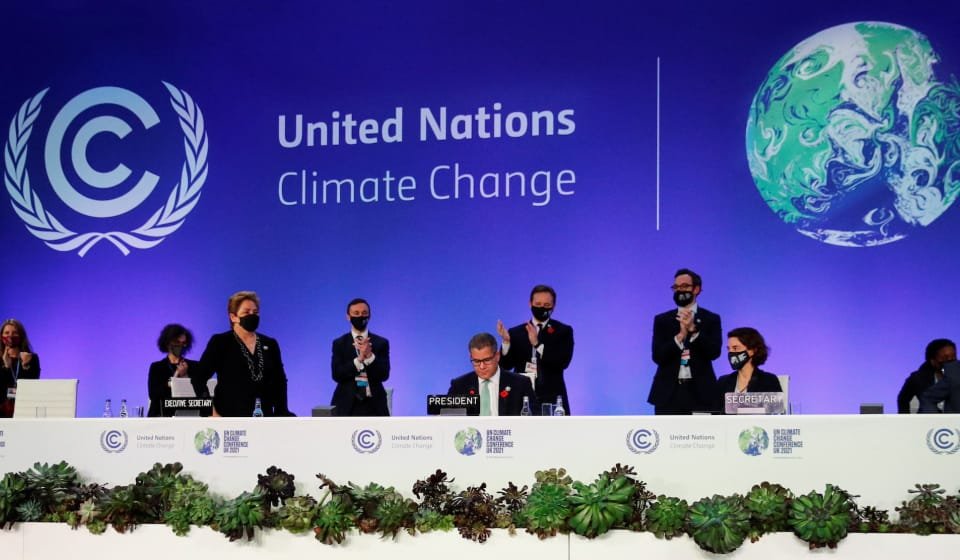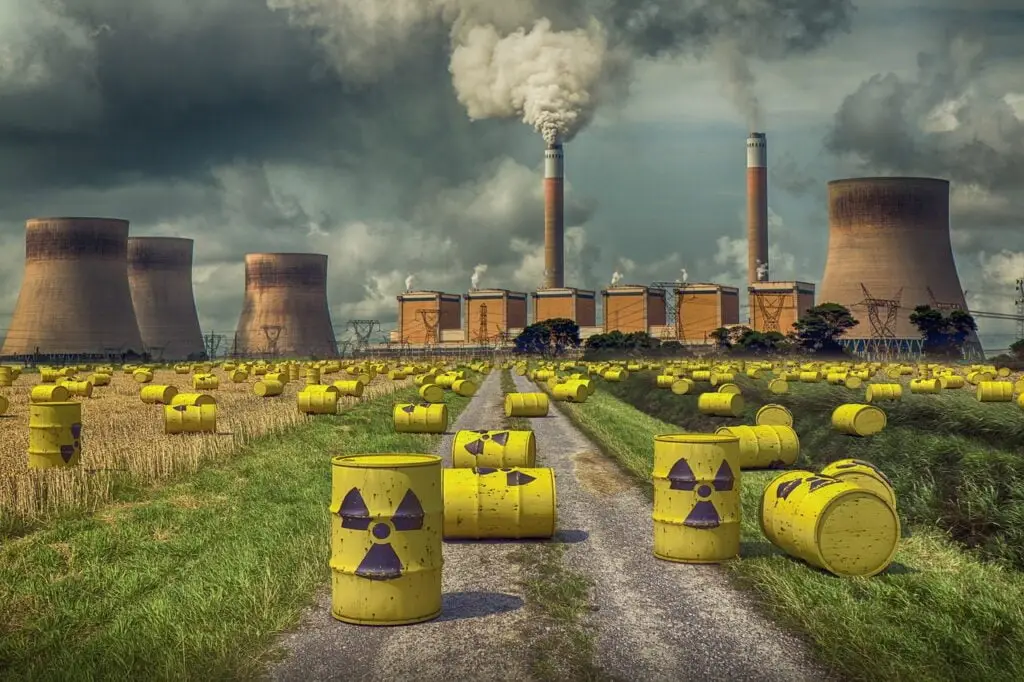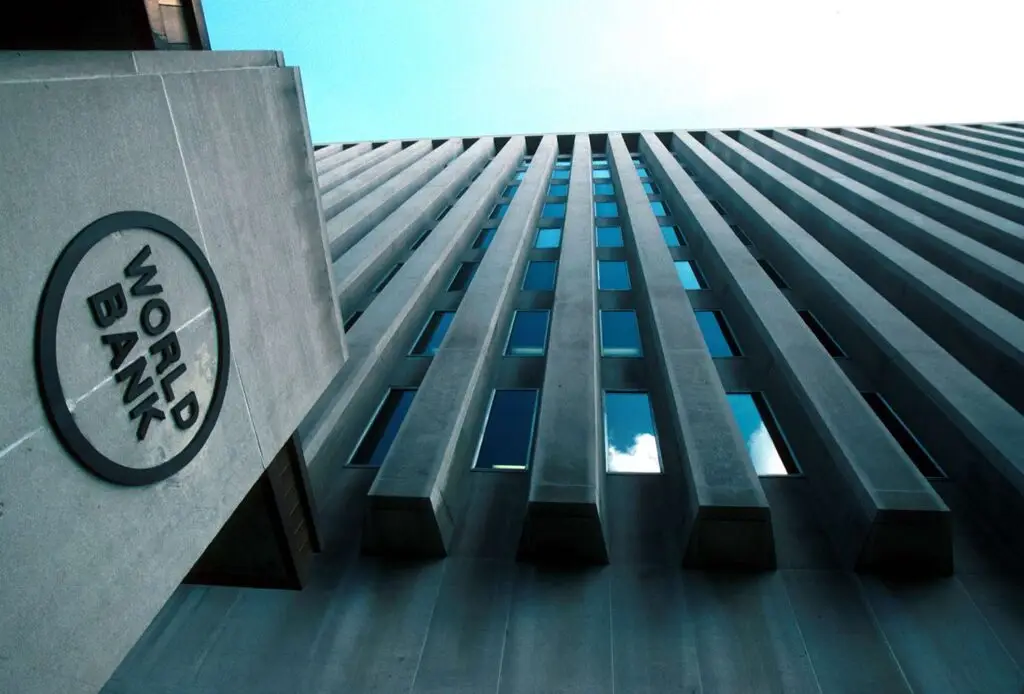
SAN JOSE / Solaxy Group/ – As global temperatures rise at unprecedented rates, the United Nations has delivered a stark warning: our current trajectory in combating climate change is insufficient, threatening catastrophic consequences. Recent reports reveal a grim outlook, with greenhouse gases reaching record levels and forests, once carbon sponges, potentially becoming sources of emissions. Despite promises and pledges, the reality of curbing emissions remains elusive, painting a worrisome picture for the years ahead.
The State of Emission Commitments
Close to 200 countries have submitted plans to reduce carbon emissions, yet the UN’s latest analysis indicates that these strategies barely scratch the surface of what’s needed. Collectively, the proposed efforts would reduce emissions by a meager 2.6% by 2030—a far cry from the 43% reduction scientists say is essential to maintain a safer climate threshold. This shortfall places the widely discussed 1.5°C warming limit at risk, with drastic impacts expected beyond this point.
Simon Stiell, the executive secretary of UN Climate Change, minced no words, describing the findings as both “stark but unsurprising.” “Current national climate plans fall miles short of what’s needed to stop global heating from crippling every economy and wrecking billions of lives,” Stiell warned, highlighting the gravity of the situation.
Rising Greenhouse Gas Concentrations
The urgency of the climate crisis is further underscored by data from the World Meteorological Organization (WMO), which reported a record spike in greenhouse gas levels in 2023. This rise, higher than the previous year, was exacerbated by extreme events, including widespread forest fires in Canada and the onset of the El Niño weather phenomenon. Additionally, as temperatures soar, forests are showing signs of reduced carbon absorption, effectively diminishing one of the planet’s critical defense mechanisms against atmospheric CO₂ buildup.
In particular, deforestation and climate stress in the Amazon have caused parts of this essential rainforest to shift from a carbon sink—absorbing more CO₂ than it emits—to a net carbon source. Dr. Oksana Tarasova, a scientist at the WMO, explained this transition: “As deforestation increases and the region warms, rainfall patterns are disrupted, reducing the forests’ ability to absorb CO₂.” The consequences of this shift could be profound, as the Amazon and other forest ecosystems play a vital role in stabilizing global climate patterns.
Feedback Loops: A Worsening Crisis
One of the more insidious aspects of climate change is the concept of feedback loops, where warming exacerbates conditions that further accelerate warming. The diminishing capacity of forests to absorb carbon is one such loop. As trees lose their ability to offset emissions, CO₂ levels rise, intensifying the very conditions that weaken forest ecosystems. Similar trends are observed in the ocean, another essential carbon sink, where warming waters may absorb less CO₂, hastening the rate of atmospheric accumulation.
These shifts suggest the world could be entering a period of “runaway” warming, where natural systems, once allies in combating climate change, begin to amplify the problem. Scientists caution that the last time the Earth experienced comparable CO₂ levels was millions of years ago when global temperatures were significantly higher and sea levels reached up to 20 meters above current levels.
The Call for Immediate Action
The UN’s latest Emissions Gap Report, released ahead of the upcoming COP29 climate conference in Azerbaijan, underscores the need for immediate, bold action. UNEP Executive Director Inger Andersen emphasized that “climate crunch time is here,” urging countries to take drastic steps to cut emissions and update their climate commitments by the spring of next year.
These targets are ambitious. To align with the 1.5°C goal set in the Paris Agreement, the report calls for a 42% reduction in greenhouse gas emissions by 2030 and a 57% reduction by 2035. Failure to meet these targets could put the world on a path to an average temperature increase of over 3°C, a scenario scientists say would unleash severe and often irreversible impacts on ecosystems, economies, and human lives.
UN Secretary-General António Guterres added his voice to the chorus of concern, likening the current climate scenario to a “planetary tightrope.” In his view, we are “teetering” between survival and disaster, with the poorest and most vulnerable communities bearing the brunt of escalating climate impacts.
Hope in Technology and Renewables
Despite the grim findings, the UN report offers a glimmer of hope in the form of existing, affordable technologies that could help bridge the emissions gap. The report suggests that ramping up renewable energy sources, like solar and wind power, could contribute significantly to the necessary emissions cuts, with renewable energy alone capable of accounting for up to 27% of the required reductions by 2030.
Forest conservation also emerges as a critical strategy, potentially providing 20% of the necessary reductions by both 2030 and 2035. Additionally, improvements in energy efficiency and the electrification of industries, transport, and buildings are highlighted as pivotal measures that could accelerate the transition from fossil fuels.
However, the implementation of these solutions demands unprecedented levels of international cooperation. The UN urges that policies focus not only on reducing emissions but also on maximizing socioeconomic and environmental benefits, ensuring that clean energy transitions are equitable and sustainable.
COP29: A Pivotal Opportunity
The upcoming COP29 conference presents a crucial moment for countries to recalibrate their climate commitments. As world leaders convene in Baku, Azerbaijan, discussions will center on enhancing national pledges and mobilizing the necessary resources to make them a reality. The UN is calling on the world’s largest economies, particularly those in the G20, to lead the charge, as these nations collectively account for around 80% of global emissions.
The pathway to a 1.5°C future remains open, but only if governments, industries, and communities act decisively and collectively. With affordable, proven technologies at our disposal, the solutions exist; the challenge now is in galvanizing global will and commitment to implement them at scale.
As COP29 draws near, the world watches in anticipation—and hope—that our leaders will rise to meet this existential challenge, securing a sustainable future for generations to come. The urgency of the moment is clear: either we close the emissions gap, or we face a climate disaster that will reshape the planet in ways we cannot fully comprehend.


